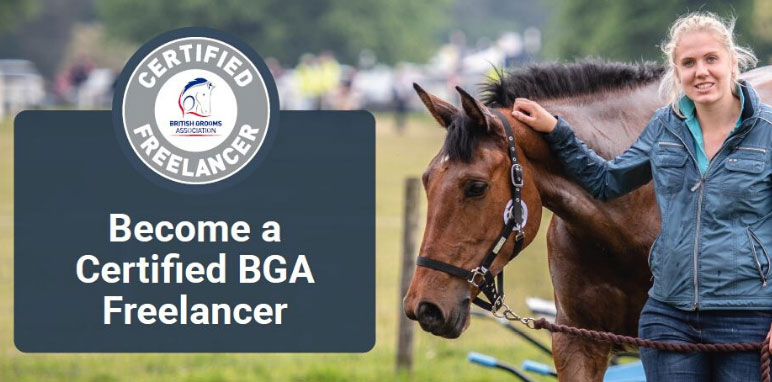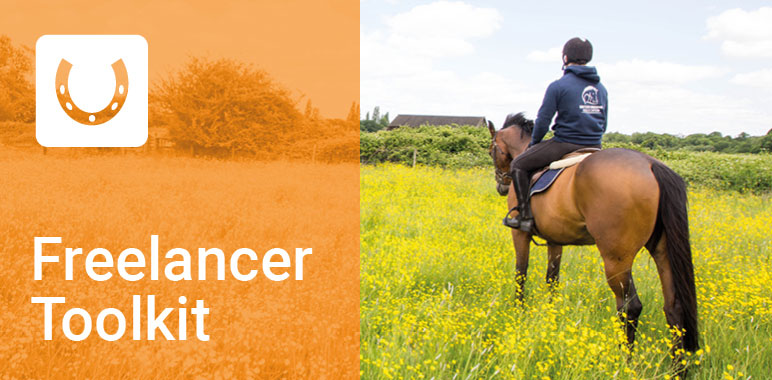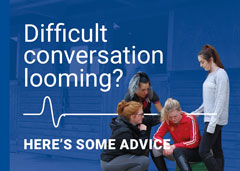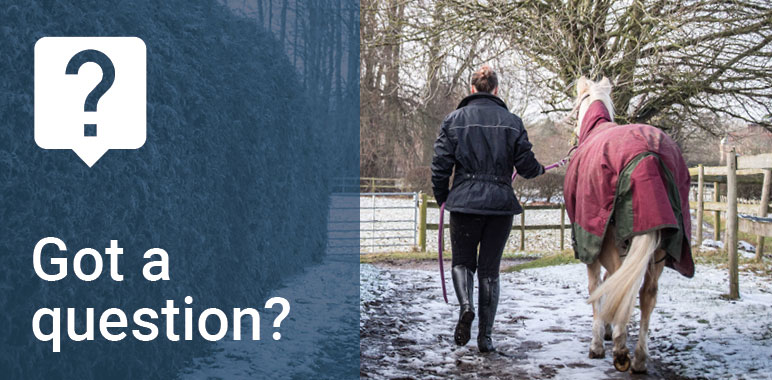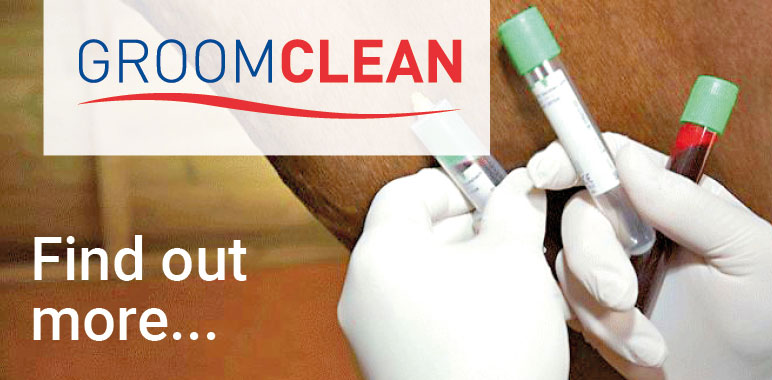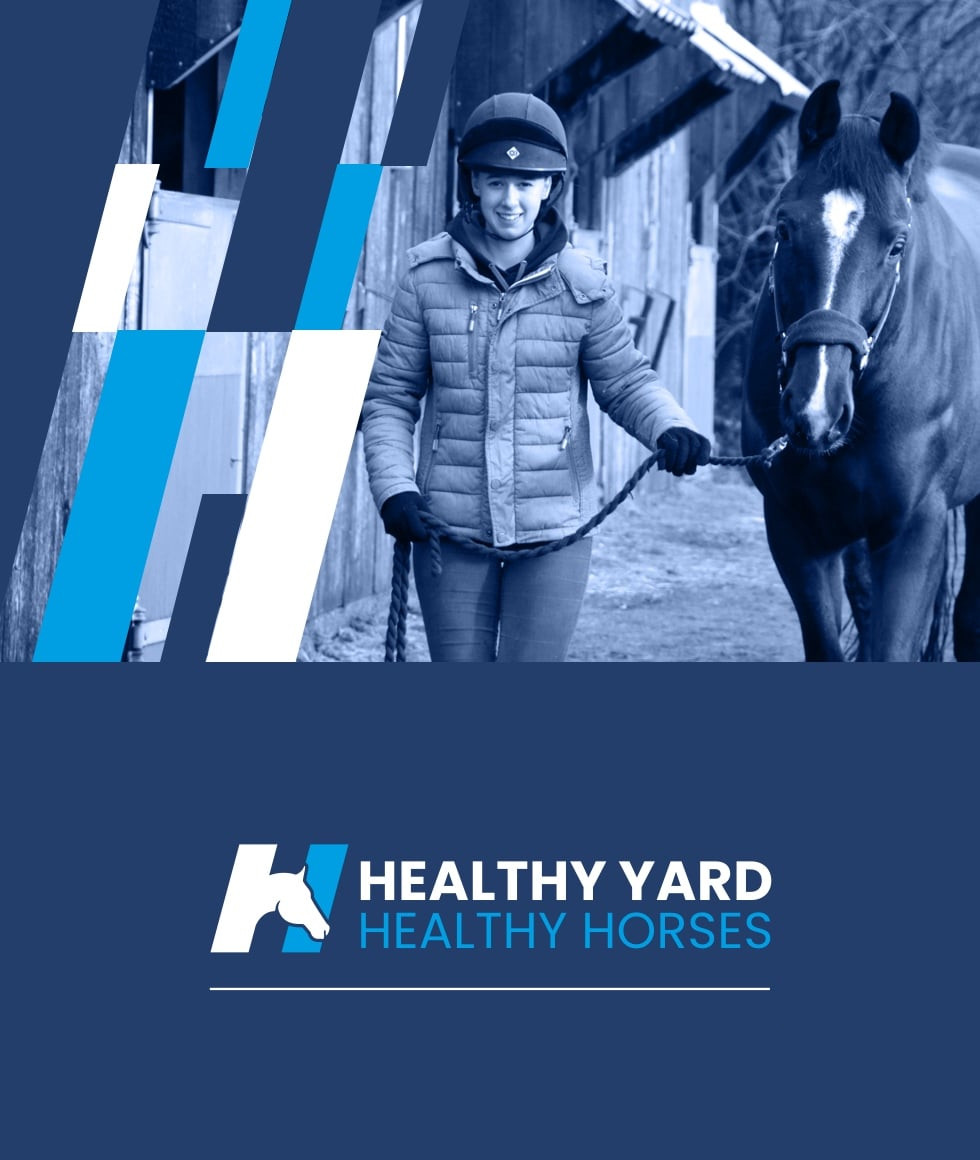- Join Now
- Login
- Member Zone
- Your Career
- Freelancing
- International Grooms Association
- BGA Training
- Healthy Yard Healthy Horses
- Transporting horses
- Brexit
- Safe workplace
- Student Zone
- Member Discounts
- BG Magazine
- Member services
- My employment
- Am I employed correctly
- Grooms Minds
- Safeguarding
- Legal Helpline
- BGA guide to the National Minimum Wage
- Training & Careers
- BGA CV Creator
- Horse groom training
- Where to Train
- BGA E Learning
- Career choices
- Change to Racing
- First Aid training for grooms
- Parents
- Grooms Jobs
- Grooms Life
- About
- News
- Contact

Chilblains
26th June 2015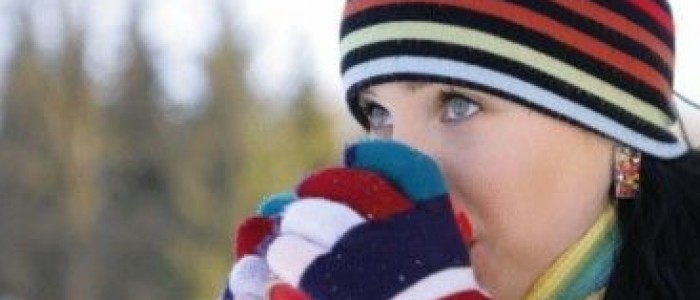
Liz Daniels explains all about this annoying issue that many grooms face due to their long hours working outdoors.
"When I first started grooming I had no idea what chilblains were. Of course I had heard of them but I had never seen them, or had them. During my first winter I developed really itchy red lumps on the outside of my thighs so I went to the doctor who told me they were chilblains caused by a lack of circulation. I thought you could only get chilblains on your feet, but apparently not.
So I asked the doctor what I could do, he said it’s a circulatory issue and to use Deepheat on them. I can say from experience this doesn’t work and brings tears to your eyes!"
What are they?
Chilblains are small, itchy swellings on the skin that occur as a reaction to cold temperatures. They most often affect the body's extremities, such as the toes, fingers, heels, ears and are not uncommon on the back of riders' thighs.
Chilblains usually develop several hours after exposure to the cold. They typically cause a burning and itching sensation in the affected areas, which can become more intense if you go into a warm room. The affected skin may also swell and turn red or dark blue. In severe cases, the surface of the skin may break and sores or blisters can develop – ouch!
It's important not to scratch the skin as it can break easily and become infected, although of course this is easier said than done.
Treatment
Several creams and lotions are available, but there is no clinical evidence that they work. If your chilblains are severe and they keep returning, your GP may recommend taking a daily tablet or capsule of a medication called Nifedipine.
Keep warm using layers of clothing and massaging the affected area to increase the circulation will help.
Prevention
I haven’t found any preventions that work but the recommended advice is to wear warm clothes, avoid getting cold(!) and keeping active to boost circulation.
If your skin gets cold, it's important to warm it up gradually. Heating the skin too quickly, for example by placing your feet in hot water or near a heater, is one of the main causes of chilblains.
What the personal accident policy covers you for:
- Whilst at work
- All stable duties – mucking out, grooming, washing off, turning out
- Clipping
- Riding – including hacking and jumping
- Hunting
- Lunging
- Breaking in
- Holding horse for a vet and other procedures
- Travelling horses both in the UK and abroad
- Competing in line with your job including: jumping, dressage, eventing
- Injuries that may happen to you whilst you are teaching - but you must also be grooming as part of your duties and not be a sole instructor
What the personal accident policy doesn’t cover you for:
- Riding in a race, point to point or team chase
- Stunt Riding
- Accidents occurring whilst travelling to and from work
- Riding and competing your own horse (but you can upgrade when applying for membership to include this)
- Public Liability – this is a separate insurance policy - the Freelance Groom Liability Insurance
- Care Custody and Control – this is a separate policy - the Freelance Groom Liability Insurance
If you require additional cover then please contact KBIS directly.
| GROOM | RIDER | EMPLOYER | |
|
When you are working for other people you do most of the following; muck out, turn out/catch in, tack up, groom horses, exercise Horses (including hacking, jumping and schooling), in the care of your employer/client. |
|
|
|
| Predominantly ride horses for other people including schooling, exercising and competing. | NO |
YES |
YES |
| Provide grooming services for someone else either full time or on a freelance basis i.e. an employer or a client. | YES |
NO |
NO |
| Employ staff – have an employers liability policy in your name | NO | NO | YES |
| Buy and sell horses | NO | YES | YES |





